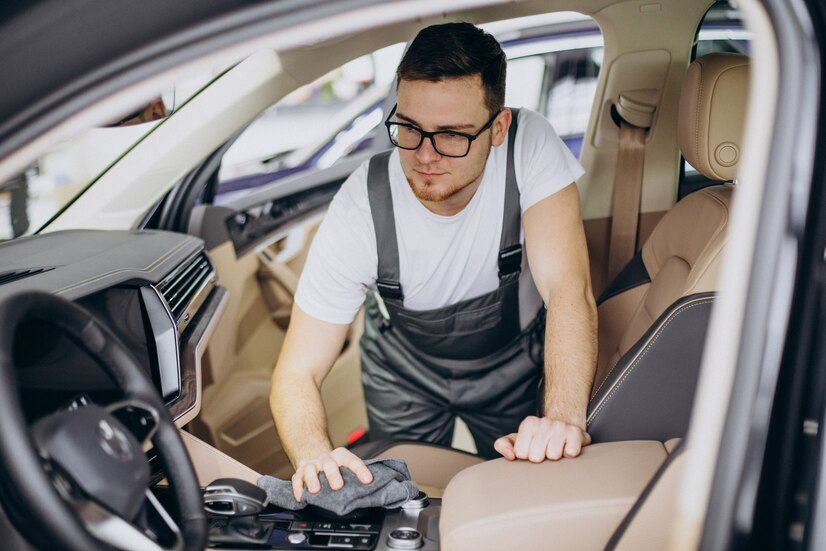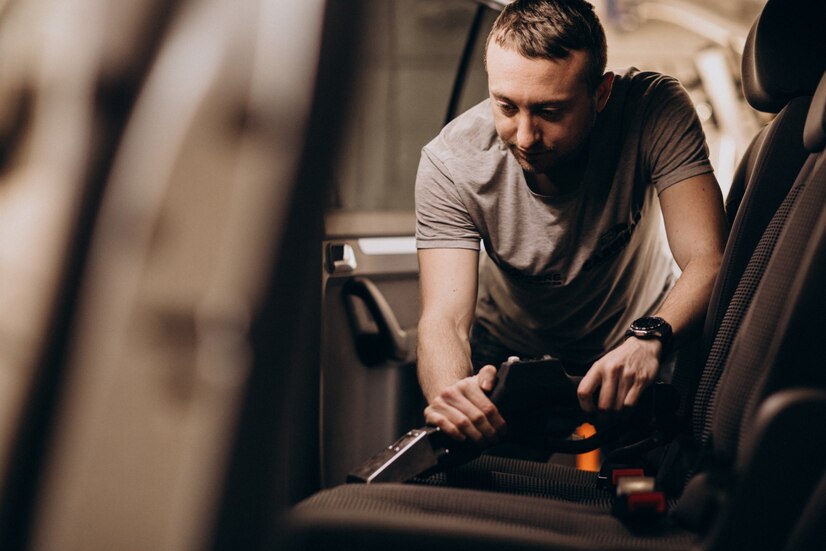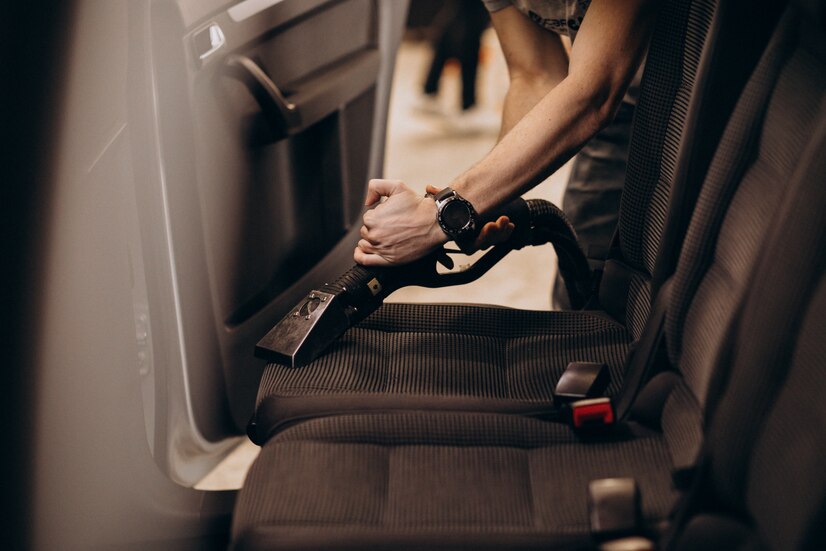Ever found yourself staring at a tear in your car seat, feeling a mix of frustration and helplessness? You’re not alone. Car seats endure a lot of wear and tear, and it’s only a matter of time before they show signs of damage. But here’s the good news: fixing a car seat isn’t as daunting as it seems. Whether it’s a small tear, a burn, or a more significant rip, you can tackle it with a bit of know how to fix a car seat. Ready to dive in? Let’s get started!
Understanding the Damage
Types of Car Seat Damage
Before you roll up your sleeves, it’s essential to understand the type of damage you’re dealing with. Car seat damage generally falls into a few categories:
- Tears and Rips: These are the most common types of damage. They can range from small nicks to large gashes.
- Burns: Often caused by cigarettes or other hot objects, burns can leave unsightly marks on your seats.
- Stains: While not technically damage, stains can be just as frustrating and often require special treatment.
- Wear and Tear: Over time, the fabric or leather can wear thin, leading to holes or frayed edges.
Assessing the Damage
Take a close look at the damage. Is it a small tear that you can fix with a simple patch, or is it a more significant issue that might require professional help? For minor damage, DIY solutions are often sufficient. For more extensive damage, you might need to consider reupholstering the seat or seeking professional assistance.
Gathering Your Tools and Materials
Essential Tools
To fix a car seat, you’ll need a few basic tools:
- Scissors: For cutting fabric or patches.
- Needle and Thread: For sewing tears.
- Fabric Glue: For adhering patches.
- Leather Repair Kit: If you’re dealing with leather seats.
- Heat Gun: Useful for certain types of repairs, especially with vinyl.
Materials
Depending on the type of seat and the damage, you might need:
- Patches: These can be fabric, leather, or vinyl, depending on your seat material.
- Foam: If the padding is damaged, you’ll need replacement foam.
- Cleaning Supplies: Before you start any repair, it’s crucial to clean the area thoroughly.
How to Fix a Car Seat? Step-by-Step Guide
Fixing Tears and Rips
Small Tears
For small tears, a simple patch might do the trick. Here’s how:
- Clean the Area: Use a mild cleaner to remove any dirt or debris.
- Cut a Patch: Cut a patch slightly larger than the tear.
- Apply Fabric Glue: Apply glue to the edges of the tear and the patch.
- Press the Patch: Place the patch over the tear and press firmly.
- Let it Dry: Allow the glue to dry completely before using the seat.
Large Rips
For larger rips, you’ll need to sew the tear:
- Remove the Seat Cover: If possible, remove the seat cover to make the repair easier.
- Cut Away Frayed Edges: Trim any frayed edges around the tear.
- Sew the Tear: Use a strong needle and thread to sew the tear. Use a backstitch for added strength.
- Reattach the Seat Cover: Once the tear is sewn, reattach the seat cover.
Repairing Burns
Burns can be tricky, but with the right approach, you can make them less noticeable:
- Clean the Area: Remove any debris or burnt material.
- Apply a Patch: For small burns, a patch might be sufficient. Follow the same steps as for small tears.
- Use a Leather Repair Kit: For leather seats, use a repair kit to fill in the burn and match the color.
Dealing with Stains
Stains can be stubborn, but there are ways to tackle them:
- Identify the Stain: Different stains require different treatments. Identify the type of stain before proceeding.
- Use a Cleaner: Use a cleaner appropriate for your seat material. For fabric seats, a mild detergent might work. For leather, use a leather cleaner.
- Scrub Gently: Use a soft brush to scrub the stain gently.
- Rinse and Dry: Rinse the area with clean water and let it dry completely.
Replacing Foam Padding
If the padding in your seat is damaged, you’ll need to replace it:
- Remove the Seat Cover: Carefully remove the seat cover to access the foam.
- Cut New Foam: Cut a piece of foam to match the size and shape of the damaged area.
- Insert the Foam: Place the new foam in the seat, ensuring it’s evenly distributed.
- Reattach the Seat Cover: Once the foam is in place, reattach the seat cover.
Preventing Future Damage
Regular Maintenance
Regular maintenance can help prevent future damage:
- Clean Regularly: Keep your seats clean to prevent dirt and debris from causing damage.
- Use Seat Covers: Seat covers can protect your seats from spills, stains, and wear.
- Avoid Sharp Objects: Be mindful of sharp objects that can tear or puncture your seats.
Professional Help
For significant damage or if you’re unsure about a repair, seek professional help. A professional can ensure the repair is done correctly and can often make the damage less noticeable.
Conclusion
Fixing a car seat might seem daunting, but with the right tools and a bit of patience, you can tackle most repairs yourself. Whether it’s a small tear, a burn, or a more significant issue, following these steps can help you restore your seats to their former glory. Remember, regular maintenance and care can go a long way in preventing future damage. So, roll up your sleeves and give it a try – your car seats will thank you!





